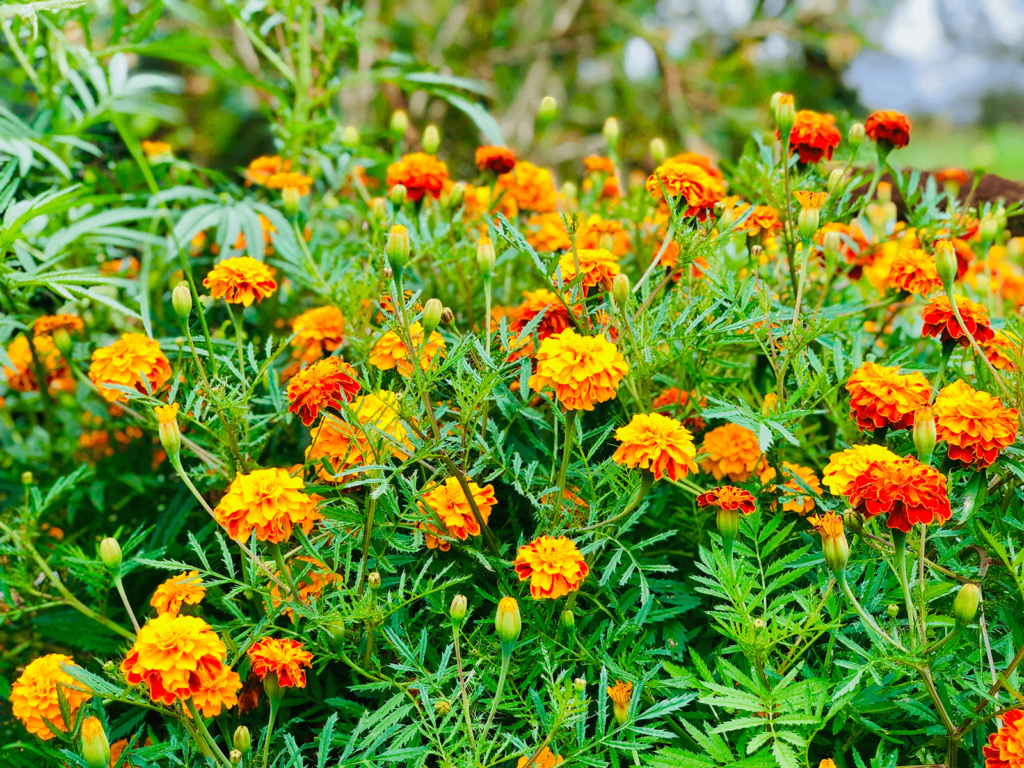Title: Choosing the right Plants for your Garden

Choosing the right plants to grow in your garden can be a daunting task. This article aims at helping you choose the right plants for your garden.
Tips and Tricks of Choosing the Right Plants for Your Garden
Did you know that a beautiful garden brings joy, relaxation, and even adds value to your home. However, choosing the right plants for your garden can be overwhelming especially if you’re new to gardening. With so many varieties and species of plants available, it’s important to know which ones will thrive in your particular environment and fit your specific needs. Let Aquascapes guide you through the process of choosing the right plants for your garden from assessing your environment to selecting the right plants for your landscape.
Gardening Tips:
Assess Your Garden Environment: Before selecting any plants for your garden, it’s important to assess your garden environment. Take a walk around your garden and identify areas that get full sun, partial sun or shade. Secondly, observe the soil type, pH level, and drainage. Last but not least,check the average temperature, humidity, and rainfall in your area. Doing this will help you choose the right plants for your garden that will thrive in your particular environment.
Determine the Soil Type, pH Level and Drainage:
The type of soil in your garden determines which plants will grow best. Sandy soil drains quickly whereas clay soil holds water making it heavy and dense. Loamy soil is a mixture of sand, silt, and clay which makes it the most suitable for growing most plants. Testing your soil pH level is very crucial as it will indicate the acidity or alkalinity of the soil. It’s important to note that most plants prefer a pH range of 6.0 to 7.0. Lastly, ensure that your garden has good drainage. Poor drainage will lead to root rot which can kill your plants.
Consider the Climate: When it comes to selecting plants for your garden, it’s important to consider your climate. It’s important to note that certain plants thrive in specific climates, while others may struggle to survive. Understanding the average temperature, humidity, and rainfall in your area will help you choose plants that will grow well in your environment.
Choosing Plants for Your Garden:
Once you’ve assessed your garden environment, it’s time to choose plants that will thrive in your specific landscape. Choosing plants is one the most important steps in any new garden design or outdoor space transformation and the right garden plant ideas for your space will depend on a multitude of different factors.
From knowing how much room you have, to understanding your garden’s aspect, the different soil types and the look you want to create, of course, there’s lots of exciting stuff to consider when forming your planting scheme.
From colorful patio plants, to flowers that will still bloom on a small and shady balcony, to the perfect perennials for an urban outdoor space. Take a look at our practical tips and tricks on how to perfect your planting scheme below.
Choose Native Plants:
These are plants that grow in a particular habitat and region for years and are also called indigenous. They are well adapted to the climate, light and soil conditions that characterize their ecosystem.
Being well adapted to the local climate makes them a great choice for your garden. In addition to this, they provide habitat for local wildlife and are low maintenance as they require less watering, fertilizer and pesticides.
Consider Your Garden Design: When selecting plants for your garden, consider your garden design. Choose plants that complement your landscape and create a cohesive design. Consider the plant’s size, color, texture and even the shape when selecting plants for your garden.
Select Plants for Each Season:
A well-designed garden should have plants that bloom throughout the year, providing color and interest throughout the seasons. Go for plants that bloom in different seasons, including spring, summer, fall and the cold seasons(Winter).
Balance Annuals and Perennials:
Annual plants provide instant color and are a great way of adding seasonal interest to your garden. However, they require replanting every year. Perennial plants on the other hand, return year after year and require less maintenance. Balancing annuals and perennials will ensure a beautiful and low-maintenance garden.
Consider Plant Care Requirements: When selecting plants for your garden, consider the plant’s care requirements. Choose plants that match your gardening skills and the amount of time you can devote to caring for them. This is because some plants require more watering, fertilizing and pruning than others.
Conclusion
Choosing the right plants for your garden is crucial to creating a beautiful and healthy landscape. Assessing your garden environment, considering your climate and selecting plants that fit your landscape design and care ensures a thriving garden. Remember to choose native plants, balance annuals and perennials.
Finally, always think about the time you have available and want to dedicate to maintaining your garden planting ideas for a better chance at keeping your outdoor space looking its best. Contact Aquascapes for beautiful gardens.